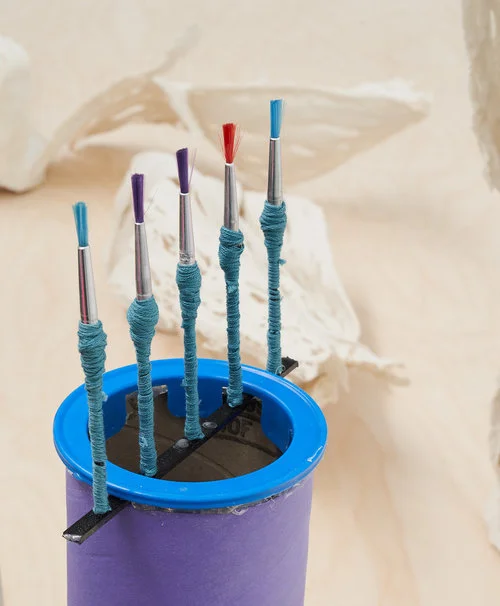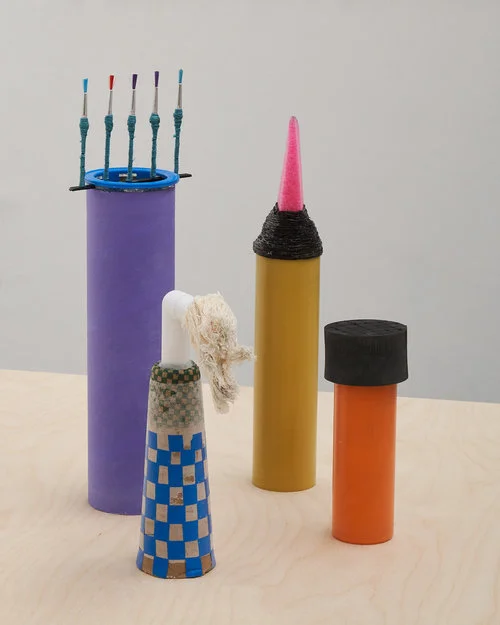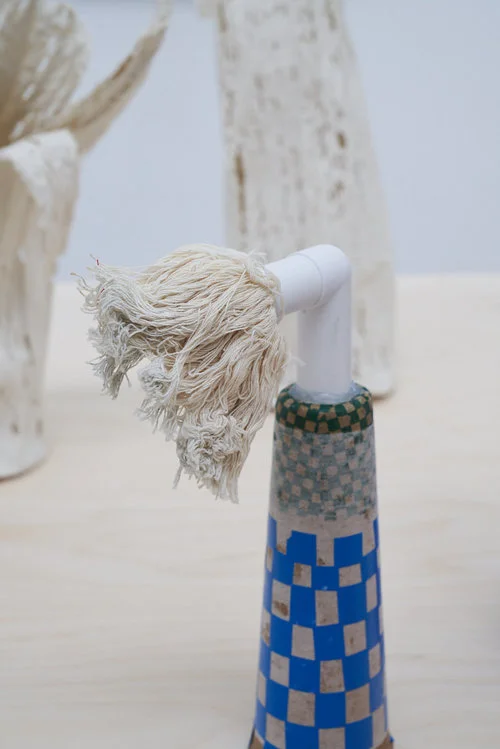Makers & Tools was a collaborative making project exploring the relationship between craft makers and their tools.
The project connected six contemporary craft makers in the early stages of their careers, who undertook a non-verbal conversation through an exchange of objects. Each maker was asked to create a new kind of tool, which was sent on to one of the other makers. The challenge, then, was to make a new object using or inspired by this tool.
The exhibition opened up the conversation and asked: “What happens if a maker doesn’t choose their tools? What if they are gifted a tool created by another maker? What effect does this seemingly benign intervention have on their making process, and what possibilities does this allow?”
I was tasked with creating a set of tools for a mystery maker
“In my practice, the way I choose a tool, or use it, is based around improvisation. I don’t necessarily view it as making in the way I think of ‘craft making’ - it’s more image-making. So, when I’m choosing a tool it’s something that can create a texture or a mark, mostly that’s purely decorative rather than performing a function. That led me to mark-making tools, and I thought in that sense of improvisation I would use waste materials to create the tools. The way I built them was improvisational; I didn’t go into it with a plan, I just put things together seeing what would work with what. That’s very much how I make – I use what’s to hand – whatever that creates becomes part of the work.”
I received a beautifully crafted wooden mallet from furniture maker Tim Evershed, I made work in response to this tool.
“I knew that I would respond to it more as an object – in the way you would respond to a still life – looking at it, and thinking it through, how it looked, rather than using it to create something.
I did quite a few drawings of the texture on the bog oak and decided I wanted to try to create the texture through print. I found a method which was quite evocative of the wood grain – a simple DIY process. I never use straight lines or a ruler, but I did for this. This chequerboard is so simple but it really shows the texture, the changes of direction, and this led me down the route of playing with geometric patterns.”





